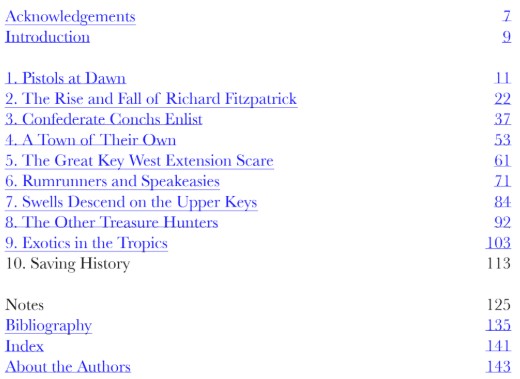Written by the TreasureGiude for the exclusive use of the Treasure Beaches Report.
 |
| Source: AncientPages.com |
The Malagana Treasure is a legacy of an old culture, which most probably flourished between 180 BC and 70 AD, based on radiocarbon-dating of relics, which archaeologists managed to recover from the almost completely looted site.
A necklace with beads in the shape of a schematic bird decorated with a delicate pendant shaped like a flower, manufactured by Malagana goldsmiths...
The site was accidentally discovered in 1992 in a sugar-cane field at Hacienda Malagana, which is situated on the flatlands of the fertile Cauca river valley, near the city of Palmira in western Colombia.
Countless artifacts were removed by the treasure hunters. The weight of the gold objects that were taken from the site has been estimated at approximately between 180 kilograms (396 pounds) and 140 kilograms (308 pounds). Finally, diverse looters left the site and archaeologists could begin their work. The four important occupation periods have been identified: "Proto-Llama" (earliest period), "Llama," "Malagana," and "Sonsoid"...
Malagana Remarkable Sophisticated Goldwork: Legacy Of Colombian Pre-Hispanic Culture - Ancient Pages
---
The rare discovery was made in January of this year on Hradisko Hill in South Moravia, at the site of a fortified camp once occupied by the 10th Roman Legion during the reign of Emperor Marcus Aurelius. Though only about 30 percent of the original purse survived, experts quickly recognized it as a type of forearm purse used by Roman soldiers...
No coins were found inside it, but silver Roman money has been uncovered in large numbers nearby, which helped to date the object...
Here is the link for the rest of that article.Rare Roman soldier’s wrist purse discovered in South Moravia | Radio Prague International
---
Gov. DeSantis signs bill, Florida to recognize gold and silver as legal tender starting in 2026.Gov. Ron DeSantis signed a bill Tuesday that sets the stage for Florida to recognize gold and silver as legal tender, allowing the precious metals to be used for transactions and certain tax payments beginning July 1, 2026.
The legislation, aimed at bolstering "financial sovereignty," requires coins used as legal tender to be stamped with their weight, purity and mint of origin. While using or accepting gold and silver will be optional, the bill mandates that businesses wishing to accept the metals be licensed. It also requires check cashers and money service businesses to accept the metals...
 |
| Source: nhc.noaa.gov. |



















